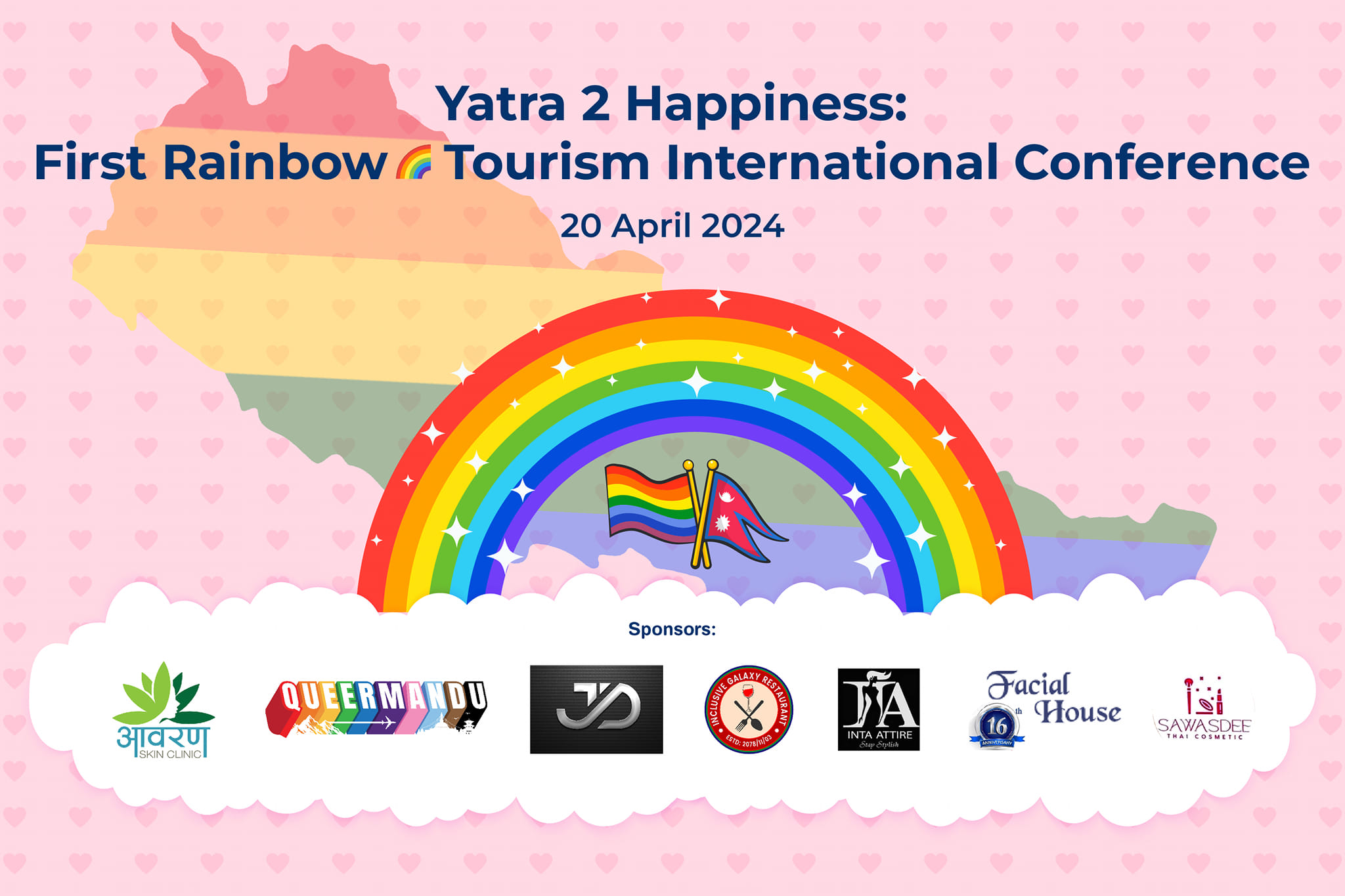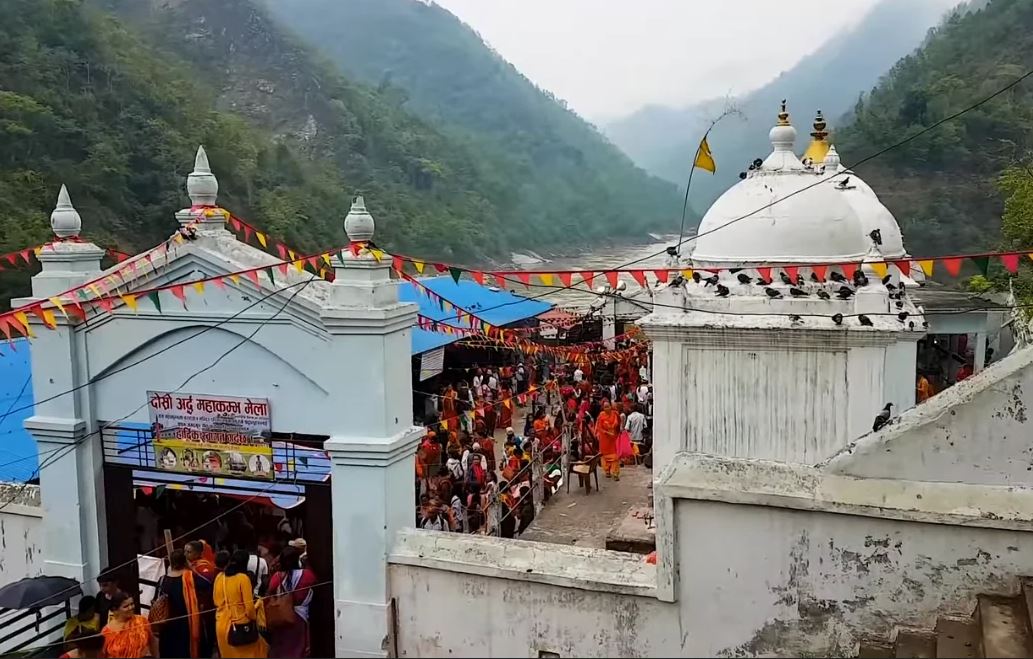
OR
High invalid votes
The Election Commission is perhaps embarrassed to report the true volume of invalid votes in the recently concluded federal and provincial elections. It had, after all, spent over Rs 1 billion and deployed nearly 20,000 personnel to train people on the correct way to vote. Before that, for the local elections, the commission had spent Rs 750 million on voter education. One wonders where all this money went, as reports continue to pour in of hundreds of thousands of invalid votes in federal and provincial elections, from right around the country. No, it was not just the case that people didn’t put the swastika in the right box. In fact, the political parties had this time agreed that a vote would be considered valid even if the stamp was marginally outside the box. In Ilam, for instance, thousands of people rather inexplicably used their thumbs to vote. Clearly, no one had ever taught them the right way. Another interesting finding is that the proportion of invalid votes is high where political parties have chosen common candidates, compared to the places where ‘alliance rules’ have not applied. This suggests voters were poorly informed, or were confused, about the right away to vote for an alliance over, say, a particular party.
It is also clear that the Election Commission has done no serious homework on minimizing the number of invalid votes. But if people who want to vote don’t know how, in a way, they are being denied of an important human right. This is why as soon as vote-counting for these elections ends, the commission must undertake a rigorous review of why it has failed to cut down on invalid votes. Perhaps its choice of the medium of voter education was wrong. Perhaps voter education ads were not catchy enough for people to sit up and note. Or perhaps some political parties were deliberately misleading voters to vote a certain way to reduce the number of votes going to their opponents. Just ask those who put their thumbprints on ballot papers—and given the ubiquity of this practice this election season, they shouldn’t be hard to locate and talk to—why they voted the way they did, and if they did so under the instruction of particular political actors. They can also be queried on how they like voter education message delivered to them.
There also has to be outside audit of the over billion rupees that were spent on voter education this time. Had most of it been wisely spent, the proportion of invalid votes would undoubtedly have been far lower. The Election Commission must be lauded for its successful conduct of all three sets of constitutionally-mandated elections, which could not have been easy. But many valid concerns have of late been raised about its modus operandi: about the lavish spending of its commissioners, about open violation of election code by political parties, and about conflict of interest. We need a stronger and more independent commission than the one we currently have. Nepali democracy could also do with more valid votes.
You May Like This

Nokia Q4 sales up but profit down at $682 million
HELSINKI, Feb 5: Nokia Corp. says fourth-quarter profit fell to 633 million euros ($682 million) from 1.8 billion euros a... Read More...

Deepika Padukone breaks down recalling her battle with depression
MUMBAI, Oct 12: In an industry where female actors are tight-lipped about various facets of their lives, the Bollywood starlet... Read More...

Minister Pokharel comes down heavily against trade unions
SIRAHA, July, 2: Minister for Education Giriraj Mani Pokharel on Saturday warned that the disorder in the name of trade... Read More...





Just In
- NEPSE lost 53.16 points, while investors lost Rs 85 billion from shares trading last week
- Rainbow tourism int'l conference kicks off
- Over 200,000 devotees throng Maha Kumbha Mela at Barahakshetra
- Indians vote in the first phase of the world’s largest election as Modi seeks a third term
- Kushal Dixit selected for London Marathon
- Nepal faces Hong Kong today for ACC Emerging Teams Asia Cup
- 286 new industries registered in Nepal in first nine months of current FY, attracting Rs 165 billion investment
- UML's National Convention Representatives Council meeting today






_20220508065243.jpg)






Leave A Comment